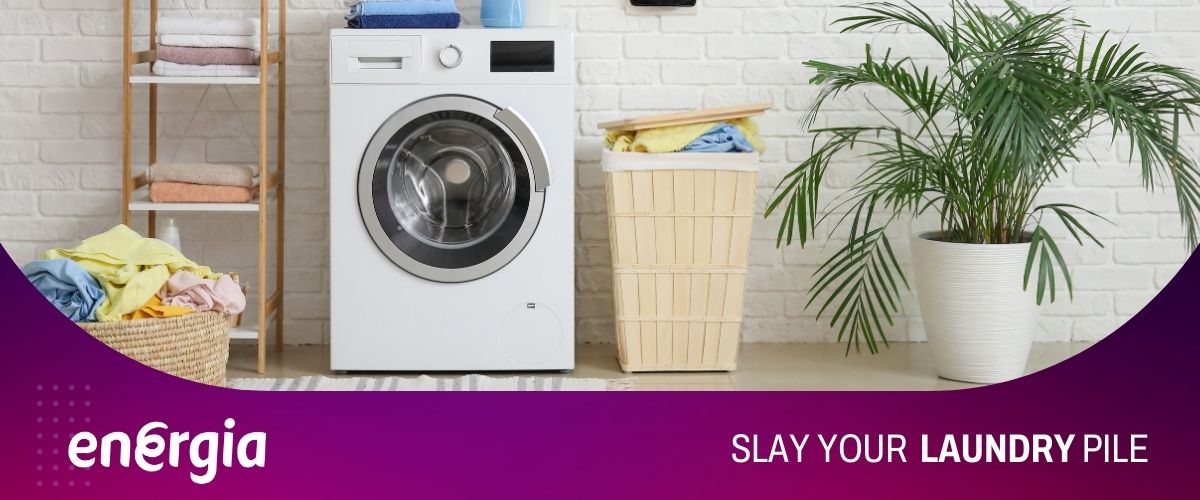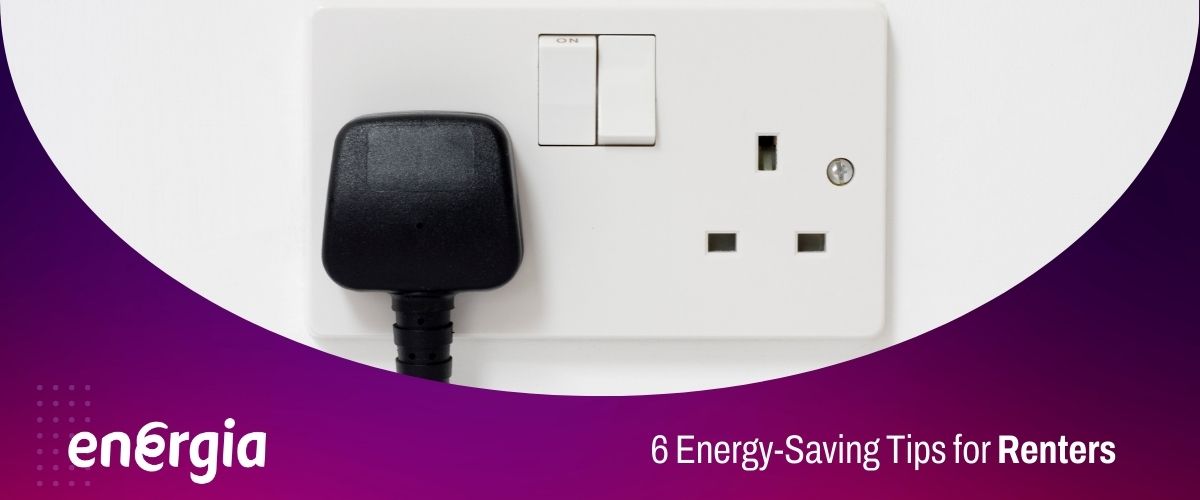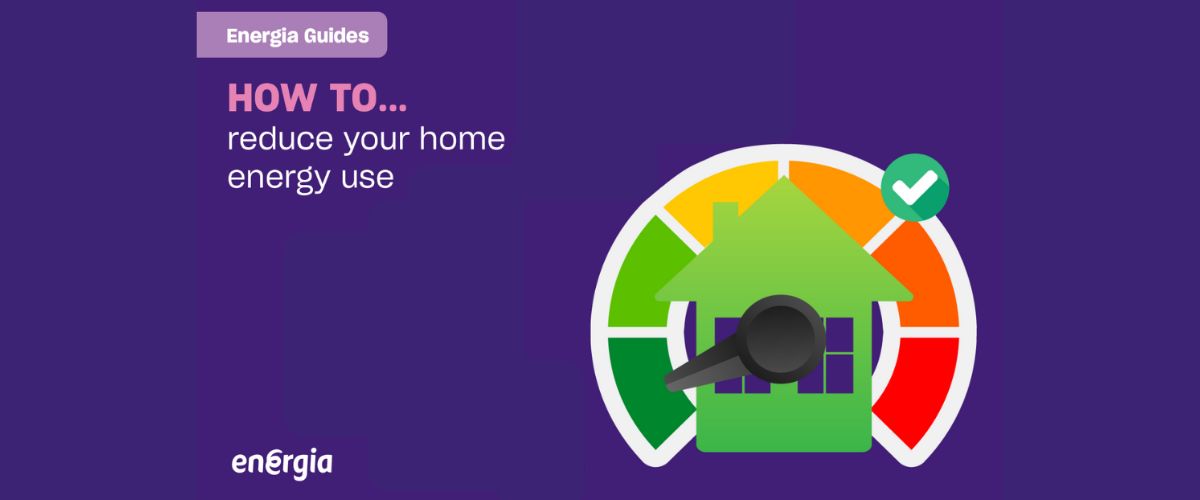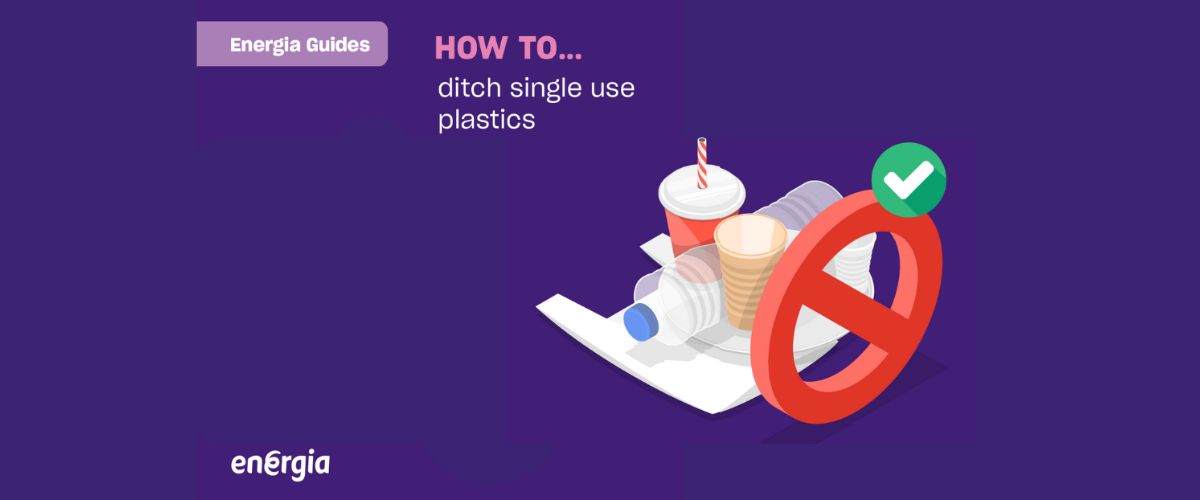10 Plants that help purify the air in your home
An indoor plant is an easy and attractive way to brighten up your home or office, but did you know they can also purify the air and improve your mood? Research by NASA has shown there are a number of house plants that are particularly good and improving the air quality in our home. They also neutralise some of the toxins that exist in today’s air from traffic pollution, household chemicals and paints.
Physical benefits of indoor plants:
Research from universities in Norway and Sweden showed potted plants at home or at work can help reduce stress levels and increase productivity. One study showed people who could see most plants from where they sat were out sick less often. This may be because plants remove some of the bacteria or viruses in the air that make us sick.
Psychological benefits of indoor plants:
Plants can also help us relax in stressful situations. Surrounding ourselves with greenery allow us to:- Have improved sense of wellbeing.
- Calm down after a stressful event.
- Feel more stable and in control.
So, with nothing to lose and everything to gain by adding plants to your home or office, where should you start? The following 10 house plants have been shown to purify the air and should help improve your physical and mental wellbeing as well as decorate your home.
(Warning for pet owners and parents of small children: some of these plants are toxic if ingested so further research may be required to find non-toxic alternatives if you have little people or animals who may want to taste them!)
Aloe plant:
The juice from this ancient plant has been used around the world for thousands of years to relieve pain, digestive ailments, heal burns and improve skin. It also helps purify the air of harmful chemicals. Aloe is a good alarm because when the level of chemicals becomes too high, brown patches will appear on its leaves, indicating it might be time to take action.
Spider plant:
Not only does this house plant favourite clean the air of trace amounts of xylene and formaldehyde from tobacco smoke, vehicle pollution and synthetic fabrics, it’s also really easy to grow!
English Ivy:
This beautiful ivy grows well indoors and cleans the air of several toxic agents found in today’s air. The one thing to note is, English Ivy needs a lot of light to grow successfully indoors so make sure you place it in a sunny position in your home or office.
Variegated snake plant:
The usual advice is to keep house plants out of the bedroom because most plants release carbon dioxide at night, not so great when you are trying to get a good night’s sleep. But not so with the snake plant, this plant works in reverse and releases oxygen at night so this is one plant that will boost the oxygen levels in your bedroom as you sleep.
Red-edged Dracaena:
As well as being a beautiful addition to a high-ceilinged room in your house, red-edged dracaena will purify the air of chemicals released by lacquers, varnishes, and sealers.
Peace Lily:
The peace lily is one of the few plants that will remove all the common toxins found in the air including trace amounts of formaldehyde and ammonia. Perfect for darker corners in your home, peace lilies prefer the shade. They are easy to grow but if they are not producing their beautiful cylindrical flowers, try moving them to a darker location.
Flamingo Lily:
Want to introduce some tropical colour into your home? The flamingo lily might be the way to do it! This gorgeous low light loving house plant produces as many as 6 colourful flowers each year. Depending on the variety the flowers can be red, pink, or white. It will purify the air of chemicals from paints, household cleaners and synthetic fabrics around the home.
Florist's chrysanthemum:
Another heavy hitter when it comes to purification of the air, this colourful addition to any home comes in a variety of colours. No matter what the colour scheme in your home, you’re likely to find one that fits in perfectly.
Bamboo palm:
Add a flavour of the orient to your home with this luscious bamboo, which actually originates in South and Central America! Bamboo palms filter the air of toxins from synthetic fabrics and traffic pollution. This plant likes access to indirect sunlight and may not thrive if it is in too shady a location.
Barberton daisy:
Native to South Africa the Barberton daisy likes a lot of light. The more light it has the more of its flowers you will see. Don’t over water this one and it will help clear the air of toxins from vehicle pollution, paints and detergents.
Although it isn’t always possible to clean the air of all the toxins present around us, certainly having some of these plants in our home or office can help! We at Energia play our part by getting as much of our energy as possible from renewable sources like wind farms.
-(1).jpg?ext=.jpg)
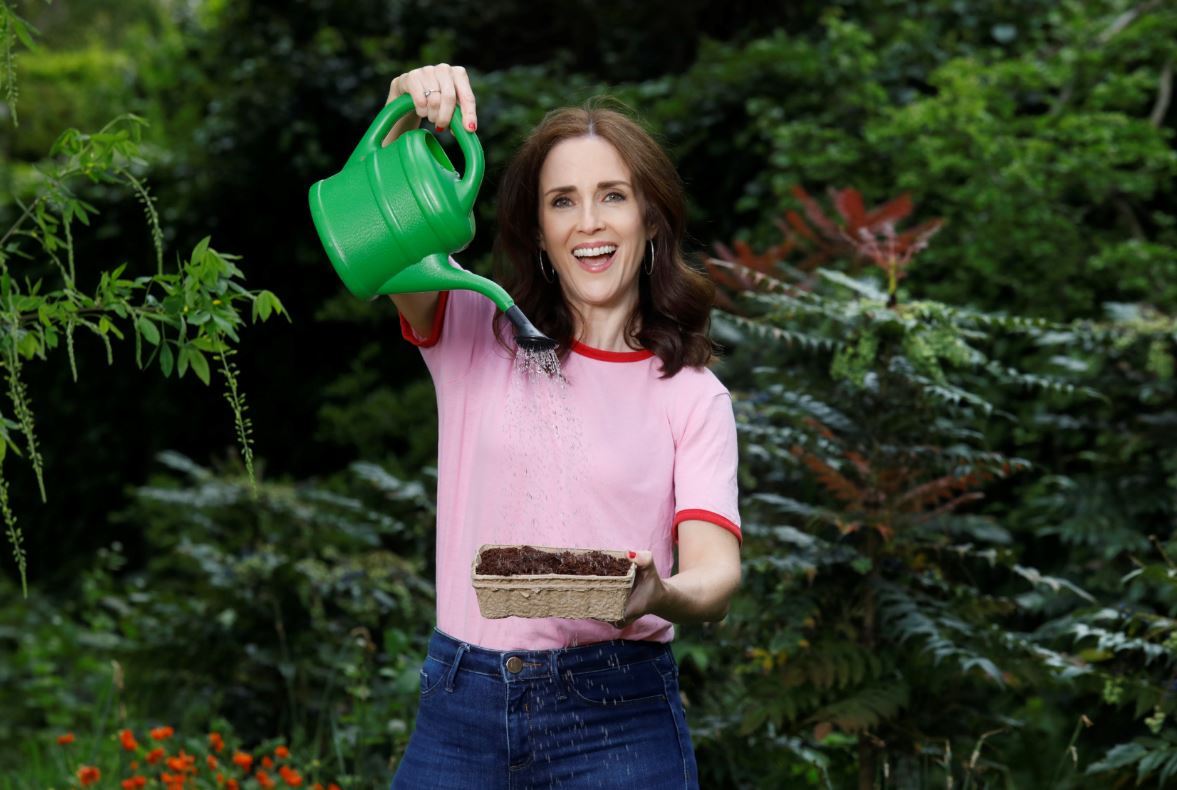
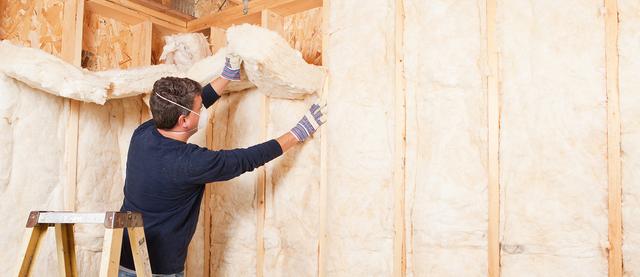

-(1).jpg?ext=.jpg)
-(1).png?ext=.png)






.png?lang=en-GB&ext=.png)




